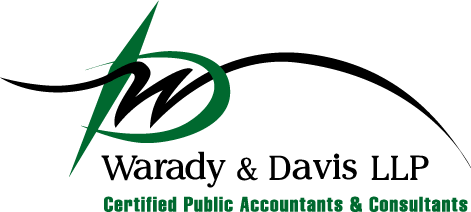Recipients of Paycheck Protection Program (PPP) loans of $50,000 or less will be able to apply for forgiveness using a simplified application that was released Thursday by Treasury and the U.S. Small Business Administration (SBA).
A new interim final rule (IFR) provides new guidance concerning forgiveness and loan review processes for PPP loans of $50,000 or less.
Under the IFR, PPP borrowers of $50,000 or less are exempted from any reductions in forgiveness based on:
- Reductions in full-time-equivalent (FTE) employees; and
- Reductions in employee salary or wages. Of the 5.2 million PPP loans approved by the SBA, about 3.57 million were for $50,000 or less, according the IFR. Those loans accounted for about $62 billion of the $525 billion in PPP loans. About 1.71 million PPP loans of $50,000 or less were made to businesses that reported having zero employees or one employee.
Lender responsibilities
- The IFR streamlines the forgiveness process for PPP borrowers of $50,000 or less because they will not be required to perform potentially complicated FTE or salary reduction calculations. Borrowers of $50,000 or less still will have to make some certifications and provide documentation to the lender for payroll and nonpayroll costs.
- The new application form, SBA Form 3508S, can be used by PPP borrowers applying for forgiveness on PPP loans with a total loan amount of $50,000 or less, unless those borrowers together with their affiliates received loans totaling $2 million or more. Instructions for Form 3508S also were released.
For PPP loans of all sizes, the IFR also contains guidance on lender responsibilities with respect to the review of borrower documentation of eligible costs for forgiveness in excess of a borrower’s PPP loan amount.
According to the IFR, when a borrower submits Form 3508S or the lender’s equivalent form, the lender will be required to:
- Confirm receipt of the borrower certifications contained in the form; and
- Confirm receipt of the documentation the borrower is required to submit to aid in verifying payroll and nonpayroll costs, as specified in the instructions to the form.In addition, the IFR addresses what a lender should do if a borrower submits documentation of eligible costs that exceed the borrower’s PPP loan amount. According to the IFR, the amount of loan forgiveness that a borrower may receive cannot exceed the principal amount of the PPP loan.
“Today’s action streamlines the forgiveness process for PPP borrowers with loans of $50,000 or less and thousands of PPP lenders who worked around the clock to process loans quickly,” Treasury Secretary Steven Mnuchin said in a news release. “We are committed to making the PPP forgiveness process as simple as possible while also protecting against fraud and misuse of funds. We continue to favor additional legislation to further simplify the forgiveness process.”
The PPP in brief
- Whether a borrower submits SBA Form 3508, 3508EZ, or 3508S, or a lender’s equivalent form, the lender is required to confirm receipt of the documentation the borrower is required to submit to aid in verifying payroll and nonpayroll costs. If applicable, the lender also is required to confirm the borrower’s calculations on the loan forgiveness application, up to the amount required to reach the requested forgiveness amount.
- The borrower is responsible for providing an accurate calculation of the loan forgiveness amount. The borrower will attest to the accuracy of the reported information and calculations on the loan forgiveness application. Lenders are permitted to rely on borrower representations, according to the IFR.
Congress created the PPP as part of the Coronavirus Aid, Relief, and Economic Security (CARES) Act, P.L. 116-136, which was signed into law March 27. The legislation authorized Treasury to use the SBA’s 7(a) small business lending program to fund loans of up to $10 million per borrower that qualifying businesses could spend to cover payroll, mortgage interest, rent, and utilities.
PPP borrowers can qualify to have the loans forgiven if the proceeds are used to pay certain eligible costs. The program stopped accepting applications on Aug. 8 with almost $134 billion of congressionally approved funds remaining unspent.
W&D is available to help you with the PPP forgiveness process. From keeping you informed of the latest legislation developments to answering PPP forgiveness related questions, or to full engagements to assist you in preparing your PPP loan forgiveness application, please do not hesitate to reach out. Contact your Warady & Davis advisor or our PPP team at 847-267-9600; info@waradydavis.com.
You can also visit the Warady & Davis LLP COVID-19 Resource Center for a wealth of information on stimulus assistance, new legislation and much more. This information is updated regularly.
